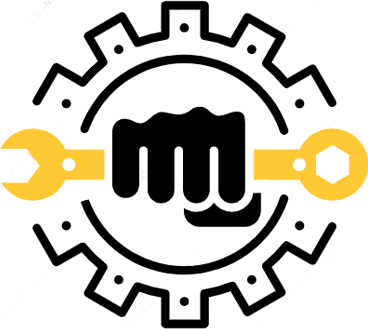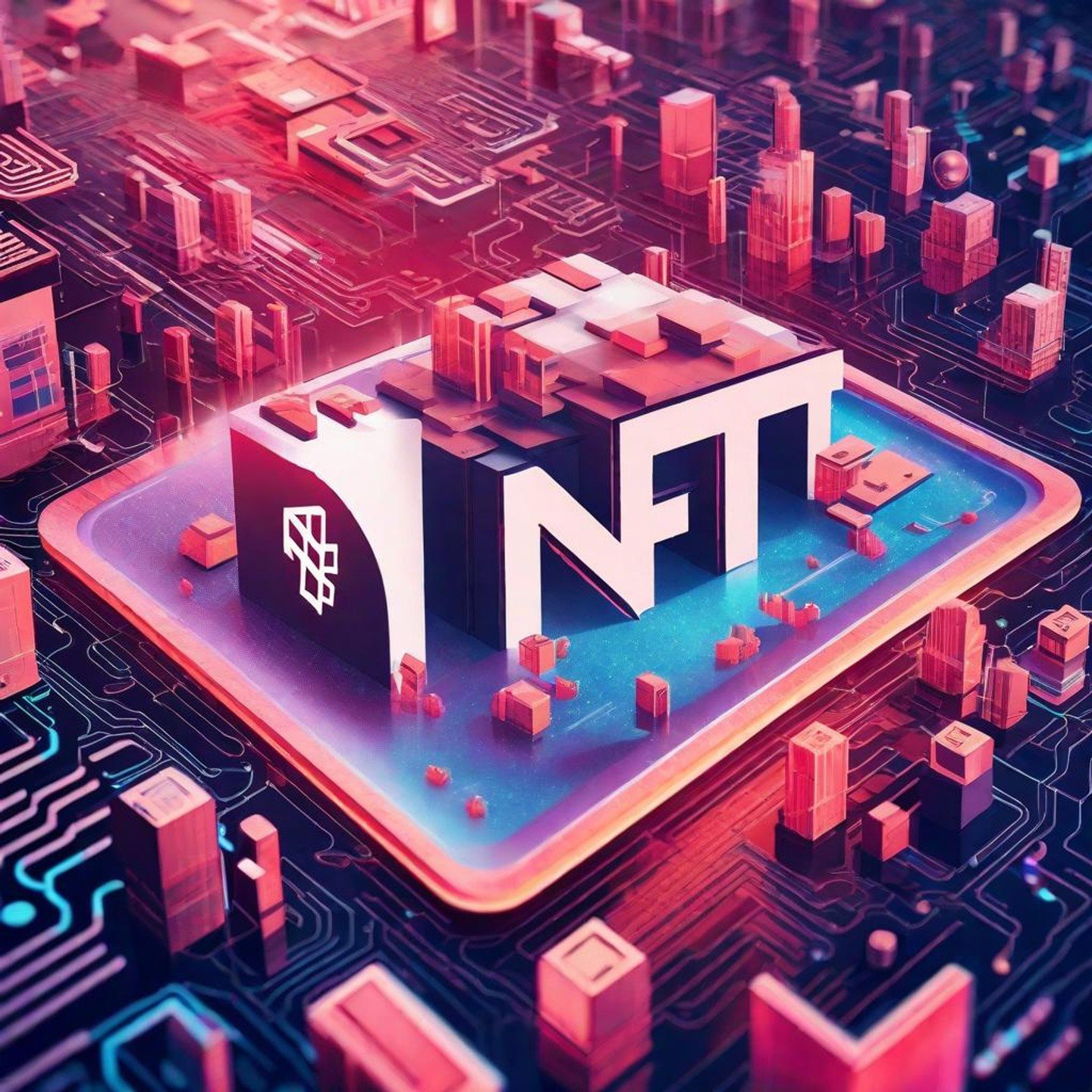NFTs, or non-fungible tokens, have taken the digital world by storm. These unique, blockchain-backed assets represent ownership of everything from digital artwork and music to virtual land and even tweets. While the NFT market itself is still nascent, its potential for marketing holds immense promise. But how do you navigate this uncharted territory and effectively leverage NFTs to connect with your audience? This comprehensive guide is your roadmap to success in the exciting world of NFT marketing.
Understanding the NFT Landscape:
Before diving in, let’s understand the basics. NFTs are tokens on a blockchain that represent unique digital assets. Unlike fungible tokens like cryptocurrency, each NFT is one-of-a-kind, verifiable, and ownable. This opens up a plethora of possibilities for brands, from creating exclusive collectibles to facilitating community engagement and unlocking new revenue streams.
Why Leverage NFTs for Marketing?
Here are some compelling reasons why forward-thinking brands are embracing NFT marketing:
- Boost brand awareness: Create unique and exciting NFTs that capture attention and generate buzz around your brand.
- Community building: Foster engaged communities by offering NFTs with utility or access to exclusive experiences.
- Direct access to customers: Connect directly with NFT holders, bypassing traditional intermediaries and building stronger relationships.
- Unlock new revenue streams: Sell NFTs directly or use them as incentives for engagement, generating additional income.
- Data-driven insights: Track ownership and usage of NFTs to gain valuable insights into your audience and refine your marketing strategies.
Crafting Your NFT Marketing Strategy:
Now, let’s get down to the nitty-gritty of crafting an effective NFT marketing strategy:
1. Define your objectives: What do you hope to achieve with NFTs? Brand awareness, community building, or generating revenue? Align your NFT offering with your overall marketing goals.
2. Know your audience: Who are you targeting with your NFTs? Understand their interests, values, and what motivates them to engage with NFTs.
3. Choose the right platform: Research different NFT marketplaces like OpenSea, Rarible, or SuperRare to find one that aligns with your target audience and desired functionalities.
4. Create valuable NFTs: Don’t just create collectibles; offer NFTs with utility or access to exclusive experiences that resonate with your audience.
5. Build anticipation: Generate excitement through teasers, collaborations, and community engagement before your NFT launch.
6. Leverage storytelling: Craft compelling narratives around your NFTs, highlighting their uniqueness, value, and connection to your brand story.
7. Foster community: Host events, giveaways, and other activities to engage your NFT holders and build a strong community around your brand.
8. Measure and adapt: Track key metrics like sales, engagement, and secondary market activity to analyze the performance of your NFTs and adapt your strategy based on data insights.
Remember: The NFT space is still evolving, and there’s no one-size-fits-all approach. Be creative, experiment with different concepts, and stay agile to adapt to the dynamic landscape.
Bonus Tips:
- Prioritize authenticity: Ensure your NFT offering aligns with your brand values and resonates genuinely with your audience.
- Consider social impact: Explore ways to use NFTs for social good and support meaningful causes.
- Stay informed: Follow industry thought leaders, participate in online communities, and stay updated on new developments in the NFT space.
NFT marketing holds immense potential for brands to connect with audiences in new and meaningful ways. By following these guidelines and staying at the forefront of this evolving space, you can unlock innovative marketing strategies, build stronger relationships with your customers, and contribute to the exciting future of the digital world.




Leave a Comment